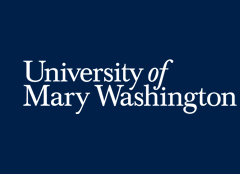Date of Award
Spring 5-3-2019
Document Type
Honors Project
Degree Name
Bachelor of Arts
Department
Modern Languages and Literatures
Department Chair or Program Director
Dr. Marcel Rotter
First Advisor
Jennifer Hansen-Glucklich
Major or Concentration
German
Abstract
During the Renaissance and Baroque periods, art was primarily commissioned by wealthy patrons for the sake of personal or religious use. Eventually, the creation of the genre portrait came about, and art was beginning to serve purposes other than to satisfy the wealthy patron and the church. As art became more recreational and personal to the common person, women began to train in the arts, and were even able to succeed with their own artistic careers in some cases. This paper covers three women artists from the area of Flanders and Germany, and explores the artistic education they received and how they were able to attain such an education during a time in which it was not always legal for a woman to do so. The three artists discussed are Catharina van Hemessen, Maria Sibylla Merian and Michaelina Wautier. By examining each artist’s personal biography and analyzing each artist’s paintings, it is clear that the women received types of formal artistic training. That being said, it is also important to note that each artist is related in one way or another to a successful male artist. This may be how these three women were able to access artistic training in the first place. By exploring the history and laws of the area and time period, and examining each artist’s biography and individual works of art, it is determined that these women were only able to access their artistic education because of their privilege in relation to a successful male artist.
Recommended Citation
Gladstone, Elayna, "The Education of Women Artists in Northern Europe, 1500-1750" (2019). Departmental Honors & Graduate Capstone Projects. 274.
https://scholar.umw.edu/student_research/274

